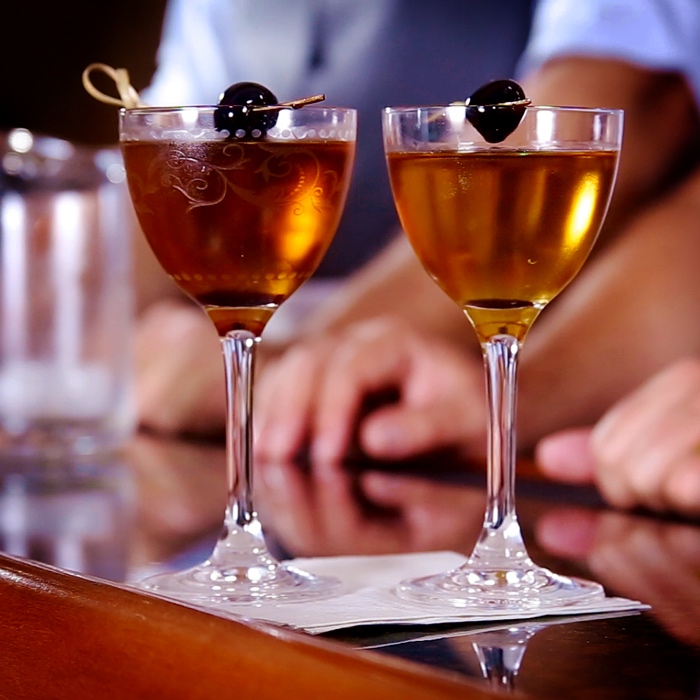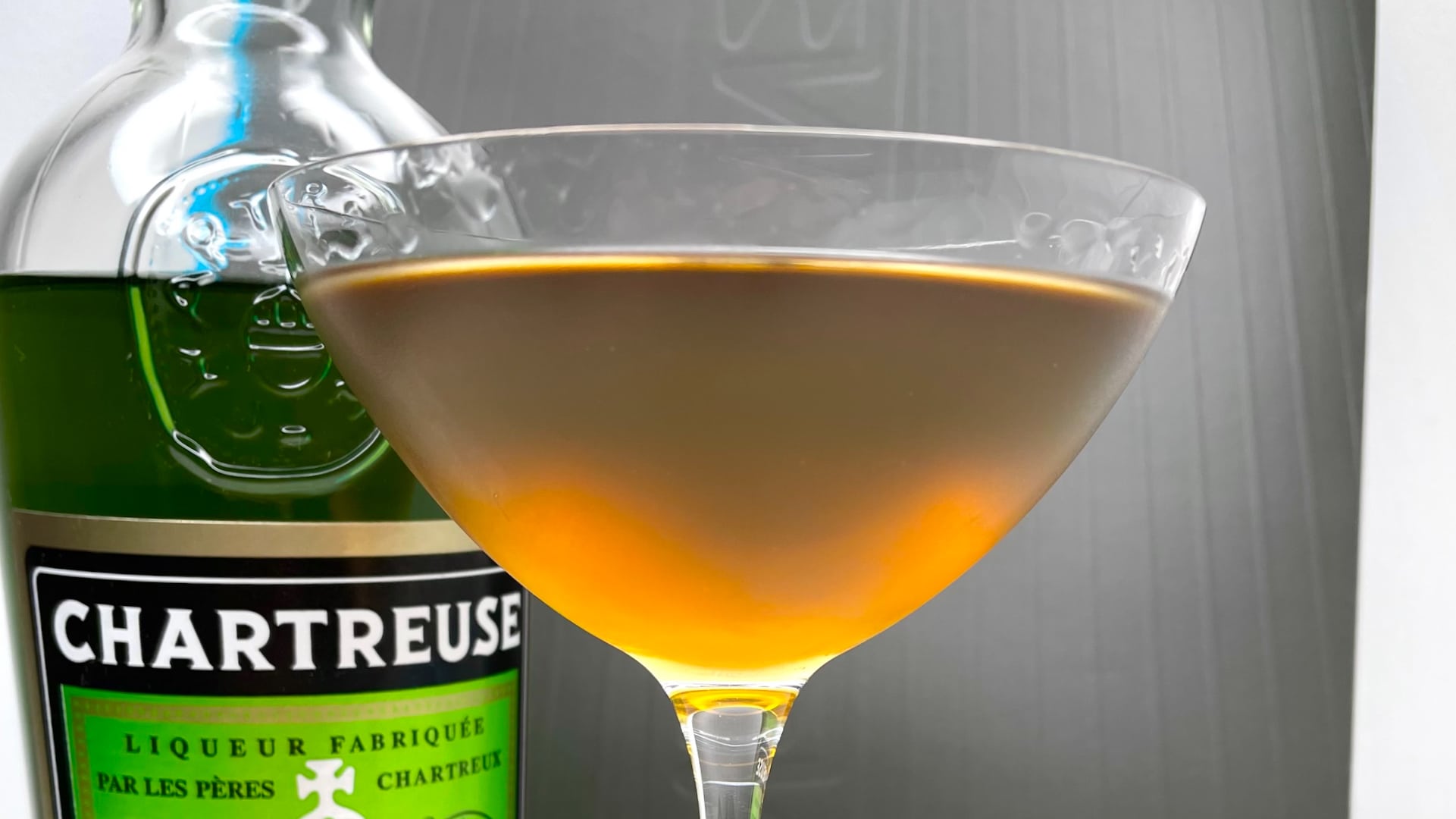
Let us now focus on the recipe variant that is commonly understood today as a Bijou Cocktail. However, these other variants do not present a uniform picture and there are numerous variations: Bijou Cocktail – Comparison of variants.
#Bijou cocktail plus
If we first look at the different variations, it is noticeable that although the “classic” recipe of gin, vermouth and Chartreuse plus optional other ingredients makes up the largest part of the recipes, all other variations do not make up a small proportion. So how does it look now? What did the different authors from different times understand by it? Bijou Cocktail – Variants. Lawlor called for Grand Marnier, and that a recipe published in the same year called for the mixture of Grand Marnier and cognac. We had already seen that the older recipe by Chris F. One would think that the recipe for a Bijou Cocktail is simple and straightforward: equal parts gin, vermouth and Chartreuse, maybe a little bit of orange bitters – that’s it. This recipe was published in 1900 and is practically what we mean by a Bijou Cocktail today. It seems that Harry Johnson unceremoniously replaced the Grand Marnier in Cris Lawlor’s variant with green Chartreuse, thus giving the mixed drink a completely different aroma profile. Lawlor, the Bijou Cocktail was a mixture of equal parts Grand Marnier, Plymouth gin and Italian vermouth. In Cincinnati, however, also in 1895 and published in the book “The Mixicologist” by Chris F. We have not found his source, but we have found a newspaper article published in Albany, New York State, which reports the same thing, and the content of which may be the same as his. In 1895, a recipe made from Grand Marnier and cognac was so named in St. However, there were already mixed drinks bearing this name before that. The Bijou Cocktail as we know it today was first published in 1900 by Harry Johnson. Sprinkle with a lemon zest.Īlternatively and currently preferred by us: How do they differ from each other and what distinguishes them? We owe you that recipe.The Bijou Cocktail, a classic drink from the end of the 19th century, comes in numerous variations. It’s one of the few mixed drinks that uses Scotch whisky to advantage (the flavor of Scotch just isn’t right for most cocktails).

#Bijou cocktail how to
He also told readers how to behave behind the bar. Unlike many bartending guides, his included more than just directions for mixing drinks.
#Bijou cocktail manual

Production hasn’t been continuous, though. Carthusian monks began making Chartreuse during the 1740s in the town of Voiron (close to Grenoble and the French Alps in southeastern France).The liqueur is extremely pungent, so a little goes a long way. Chartreuse is sweet, with a strong herbal flavor (it’s made from a mix of 130 herbs, roots, and leaves).BTW, the color chartreuse got its name from the hue of Chartreuse liqueur. You definitely want the green version for this drink. Chartreuse comes in two versions: Green and yellow.It’s nice in this cocktail, but really you can substitute any name-brand London dry gin. For this drink, Johnson suggests Plymouth gin, which has a somewhat lighter (and fruitier) flavor than many other dry gins.This is not a problem when the ingredients are opaque (think citrus juice), but it can be unattractive when the ingredients are clear. Shaking tends to introduce small bubbles, which can make a drink cloudy.


When garnishing, it’s best to hold the lemon over each drink as you cut off a peel or twist.


 0 kommentar(er)
0 kommentar(er)
